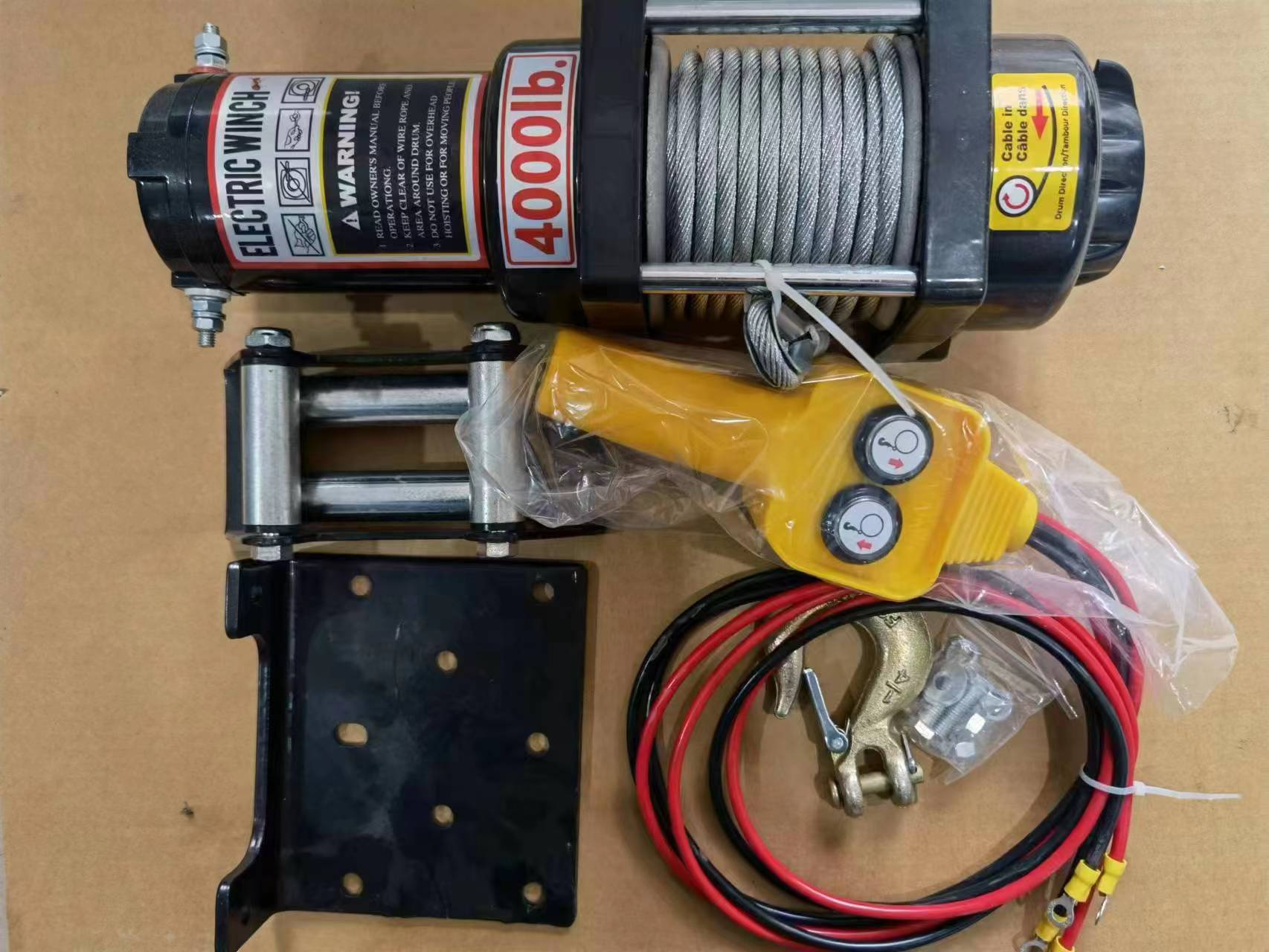


Understanding Lifting Equipment Safety, Types, and Applications
Lifting equipment plays a crucial role in a variety of industries, enabling the movement of heavy materials, equipment, and personnel with efficiency and safety. As urban development, construction, manufacturing, and logistics continue to grow, the importance of reliable lifting equipment has never been more significant. This article explores the different types of lifting equipment, their applications, and the safety measures required to ensure their effective use.
Types of Lifting Equipment
Lifting equipment encompasses a broad range of devices designed to lift and lower loads. The primary categories include
1. Cranes Known for their versatility, cranes can range from small portable models to large, tower cranes used in construction sites. They enable the lifting of heavy materials to significant heights and are often operated using a system of pulleys and cables.
2. Forklifts Commonly used in warehouses and shipping, forklifts are designed for lifting and transporting materials over short distances. With their hydraulic lift mechanisms, they can easily stack merchandise at various heights.
3. Hoists A more compact form of lifting equipment, hoists are used for lifting heavy loads vertically. They often employ electric or manual winches to raise objects, making them ideal for smaller spaces or specialized tasks.
4. Lifting Tables These devices are crucial for ergonomic lifting in warehouses and assembly lines. Lifting tables adjust height based on the needs of the workers, reducing strain and improving efficiency during operations.
5. Slings and shackles Used in conjunction with cranes and hoists, slings and shackles secure loads for safe transportation. They come in various materials, including chain, wire rope, and synthetic fibers, designed to accommodate different load types and weights.
Applications of Lifting Equipment
Lifting equipment is integral to various industries, including construction, manufacturing, logistics, and maintenance. In construction, cranes are primarily used to lift large materials like steel beams and concrete panels, while forklifts manage the delivery of supplies around the site. In manufacturing, lifting tables and hoists assist in maintaining efficient assembly line operations, minimizing worker fatigue and enhancing productivity. In logistics and warehousing, equipment like forklifts and pallet jacks streamline the movement of goods, helping businesses meet demanding timelines for product delivery.

In sectors such as oil and gas, specialized lifting equipment, such as offshore cranes and heavy-duty winches, support the safe exploration and extraction of resources
. Moreover, in maintenance and repair applications, where heavy machinery needs frequent service, lifting gear enables technicians to access hard-to-reach areas safely.Safety Measures When Using Lifting Equipment
Safety is paramount in the operation of lifting equipment, as incorrect handling can lead to accidents, injuries, or even fatalities. Here are essential safety measures that should always be observed
1. Training Operators must receive comprehensive training on the specific equipment they will be using. Knowing how to operate and recognize the limitations of each type of lifting device is critical.
2. Regular Inspections It's vital to conduct routine checks and maintenance on lifting equipment to ensure it remains in safe working condition. This includes checking the integrity of cables, chains, and structural components.
3. Load Limits Adhering to the manufacturer's specified load limits is crucial. Overloading can lead to mechanical failure and accidents.
4. Use of Personal Protective Equipment (PPE) Workers involved in lifting operations should wear appropriate PPE, including helmets, gloves, and steel-toed boots, to protect against potential hazards.
5. Proper Signage and Communication Establishing clear communication protocols and using visible signs can help mitigate risks on job sites where lifting operations are conducted.
Conclusion
Lifting equipment is an indispensable element across many industries, streamlining the movement of materials and enhancing productivity. However, the potential dangers associated with their use necessitate strict adherence to safety standards and practices. By understanding the diverse types of lifting equipment and the associated risks, businesses can better ensure the safety of their operations while maximizing efficiency. Proper training, regular maintenance, and a culture of safety awareness will lead to successful and secure lifting operations in any workplace.



